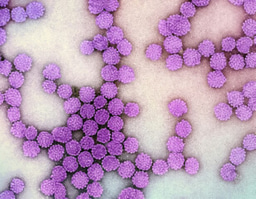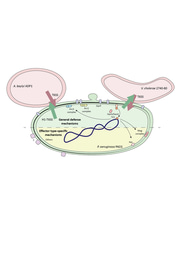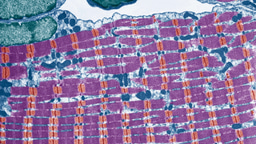Increased Threat of Subsurface Marine Heatwaves
Published in Earth & Environment
Background
Marine heatwaves (MHWs) are extreme, prolonged warming events in the ocean that can have devastating effects on marine life and ecosystems. Most of the research on MHWs has focused on surface MHWs. Little is known about MHWs at depth and their response to greenhouse warming. “Our research finds that subsurface MHWs might intensify in the future as the world warms,” said Prof. Yang Gao and Ph.D. candidate Xiuwen Guo from Ocean University of China.
Marine organisms are known to adapt to MHWs through two main strategies: moving towards cooler waters either by migrating to deeper ocean layers or moving poleward. However, subsurface heatwaves could limit this option, making marine species vulnerable to the rising temperatures. Using a high-resolution, eddy-resolving Earth system model, our research shows that subsurface MHWs that could become an increasingly serious threat as our climate changes.
Key Findings
The study reveals some alarming projections for subsurface marine heatwaves under a high-emission climate scenario. As ocean temperatures rise, subsurface areas, particularly in the depths below the ocean surface, are expected to warm even faster than surface. In fact, the intensity of these subsurface heatwaves could surpass that of surface heatwaves, making it increasingly harder for marine organisms to find refuge.
One of the striking findings is the phenomenon of compound marine heatwaves, where both surface and subsurface heatwaves occur simultaneously. These compound events are projected to increase significantly 300%, posing an even serious threat to marine life. In some regions, these heatwaves will extend from the surface all the way to the ocean floor, amplifying the stress on vulnerable ecosystems like coral reefs and deep-sea biodiversity.
Behind the Research
The idea of studying subsurface marine heatwaves came from a growing recognition that surface heatwaves alone might not capture the full extent of ocean warming. We know that many marine species rely on cooler waters at depths to escape heat, but what happens when those depths also warm up? To answer this, we use the Community Earth System Model (CESM-HR), a high-resolution Earth system model capable of capturing fine details in ocean dynamics that lower-resolution models miss.
Our study focuses on large marine ecosystems (LMEs)—regions that are hotspots for marine biodiversity. These regions are particularly vulnerable because the ocean dynamics are driven by smaller-scale features that might not be accurately captured by low-resolution models. “This research helps fill in a gap, offering a more comprehensive view of how warming will affect these vital areas,” according to Dr. Wenju Cai of Ocean University of China.
Challenges and Surprises
One challenge in this research was modeling the complex ocean dynamics that govern heatwaves. Prof. Shaoqing Zhang and Prof. Huiwang Gao from Ocean University of China indicated: “Standard climate models typically use a resolution of around 100 km, which does not capture smaller eddies and ocean features that substantially impact local ecosystems.” By using the eddy-resolving CESM-HR model, we are able to examine heatwaves at much finer scales, providing new insights into how subsurface heatwaves might change under greenhouse warming.
One of the surprises was how much variability in ocean temperatures would affect the future intensity of subsurface heatwaves. While many climate projections focus on long-term warming trends, our study shows that it’s an increase in temperature variability that likely drives the most significant changes in marine heatwaves—especially beneath the surface.
Implications for the Future
The increasing occurrence of subsurface MHWs and their compound events raises serious concerns for marine ecosystems. As the ocean warms, we may see more frequent and intense heatwaves that affect not just surface species but those living in deeper waters. The change could have cascading effects on marine food webs, fisheries, and the biodiversity that we depend on.
In conclusion, our research underscores the need for greater attention to subsurface marine heatwaves and their potential impact. As our climate continues to change, the oceans are becoming a challenging environment for marine life. The findings highlight the importance of proactive measures to understand and mitigate the consequences of these extreme events—both on the surface and below.
Call to Action
To protect marine ecosystems and ensure the sustainability of ocean resources, it’s crucial to continue improving our models and predictions of marine heatwaves. “Only by fully understanding the scope of these changes can we begin to take meaningful action to safeguard the health of our oceans.” said Prof. Lixin Wu of Ocean University of China.
Follow the Topic
-
Nature Communications

An open access, multidisciplinary journal dedicated to publishing high-quality research in all areas of the biological, health, physical, chemical and Earth sciences.
Related Collections
With Collections, you can get published faster and increase your visibility.
Women's Health
Publishing Model: Hybrid
Deadline: Ongoing
Advances in neurodegenerative diseases
Publishing Model: Hybrid
Deadline: Dec 24, 2025





Please sign in or register for FREE
If you are a registered user on Research Communities by Springer Nature, please sign in